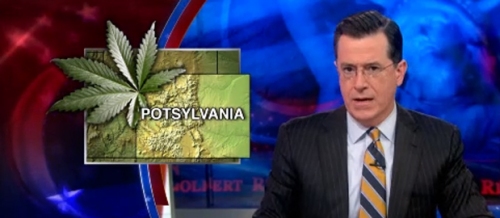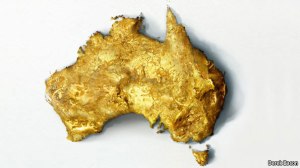The Danger of Irreversible Decisions
A decade ago, the economy was hot and Gold was a hedge against inflation. Gold prices went up. Then the economy tanked, and Gold was a safe harbor against collapse. Gold prices went up even more. Then the Fed instated QE123, and Gold prices went up yet again because the government was printing so much money.
Gold: It’s the one-way trade that never fails!
As humans, we seek a reality that matches our expectations. We want to be right, we like to feel smart. Changing your mind is one of the most difficult things we do. It is far easier to fool yourself into believing a falsehood than admit a mistake. Start with an answer and then find data to back it up.
That’s why some people exclusively get their information from Fox News, while others read Huffington Post and BuzzFeed. Conservatives who watch The Colbert Report claim that Colbert is serious, and only pretends to be joking, not the other way around.
Ask yourself, “What would make me reverse this decision? What facts or situations or new information would make me change my views or close my position or quit my current goal?”
There should be a long list of technical and fundamental answers. Every decision, no matter how compelling the underlying story, should have an exit strategy. This is especially true of choices that involve a huge emotional investment and an unhealthy reliance on narrative.
If there is no conceivable set of circumstances that would get you to cut your losses, you have a huge, devastating flaw in your approach to decision-making.
See Also:
Confirmation Bias






